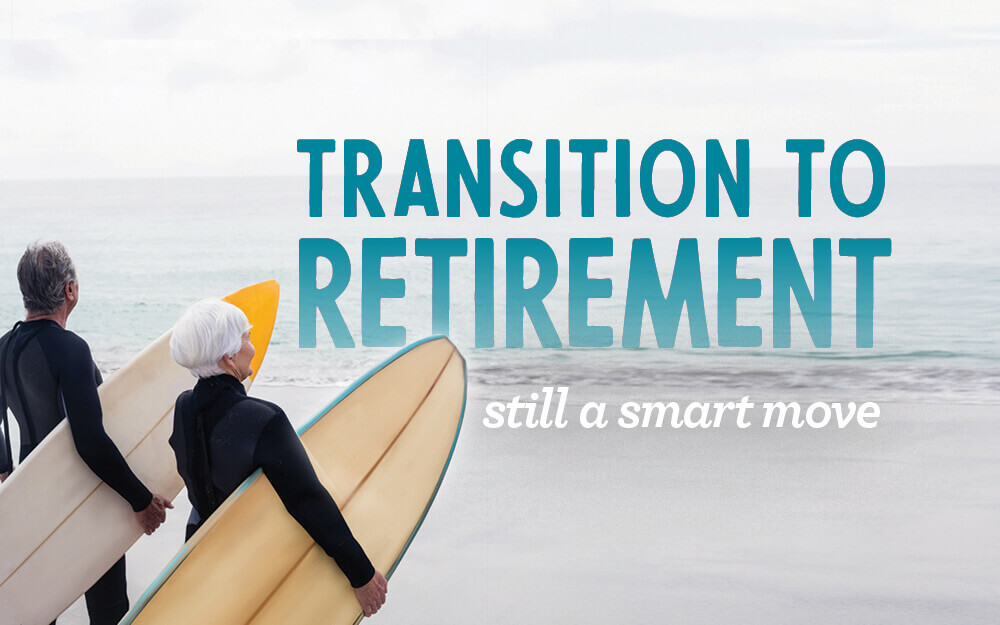
They say 60 is the new 40. And while it’s true that today’s over-50s are healthy and active for longer than previous generations, many in this position begin to dream about scaling back their work commitments so they can start ticking off their bucket list.
You may want the flexibility to travel more, volunteer or take up a hobby. Perhaps you want to look after the grandkids for a day or two a week. It might be you see your 60s as an opportunity to switch careers or try your hand at freelance work or consulting where you control the amount of time you work. Services such as Airbnb and Uber are also providing opportunities to earn an income on your own terms.
Alternatively, you may have planned to retire early but now find you are not in a financial position to stop work completely. Your savings may have been adversely impacted by the GFC, divorce or remarriage or you may still have a mortgage or other debts to repay.
Either way, there is a trend towards more people working well into their 60s and beyond but not necessarily full time. According to the Australian Bureau of Statistics, 56.9% of 60 to 64-year-olds are in the job market, while the percentage of those working over the age of 65 has jumped to a record high of 12.7%.i
Winding back the hours
One way to achieve a better work/life balance in the lead-up to retirement is to adopt a transition to retirement income stream (TRIS). Once you have reached your preservation age, which is currently at least 57 (depending on your date of birth), then you can access between 4 and 10% of your superannuation as an income stream. This will let you work fewer hours but maintain your standard of living.
Despite losing some of their tax advantages on July 1 last year, a TRIS strategy still holds its appeal for people who want to use it as it was originally intended – to aid in the transition to retirement.ii
In the past no tax was payable on earnings from your TRIS investments; now you will be taxed at 15%. But the favourable tax treatment of withdrawals remains the same. Once you reach 60, any monies withdrawn from your TRIS pension are tax-free. For those aged 56 to 60, you will pay tax at your marginal rate but then enjoy a 15% offset.
Boost your super
Another change to the super legislation is that you can only contribute a maximum of $25,000 a year as salary sacrifice regardless of your age. As a result, there may not be so much money beyond your employer’s Superannuation Guarantee contributions that you can add to your super to fully take advantage of the scheme.iii Even so, if you salary sacrifice as close to this limit as possible, you will help boost your super for when you do completely retire.
Despite these changes, a transition to retirement strategy can still work for you, largely because super continues to be one of the most tax-effective investment environments for your retirement savings.
Supplementing part-time income with a TRIS might also give you an opportunity to reduce your mortgage or other debts before you leave the workforce completely.
A win-win solution
Easing your way out of work can be as good for you financially as it is for you psychologically. To go cold turkey from working one day to retirement the next can be difficult without careful planning.
Working out what to do in the run-up to retirement needs careful consideration. We can help you decide what will work best for you.
i ‘Older Australians working longer’, Commsec Insights, 23 November 2017.
ii https://www.ato.gov.au/Individuals/Super/Super-changes/Change-to-transition-to-retirement-income-streams/
iii https://www.ato.gov.au/super/self-managed-super-funds/contributions-and-rollovers/contribution-caps/